What you should know about road tyre pressures
Tyre pressure is one of the most important factors influencing our performance on a road bike. A few tenths of a degree of variation can not only mean the difference between holding the wheel and cutting us on a climb, but also whether we have to fight with the bike on the descent of a mountain pass or flow easily from bend to bend.
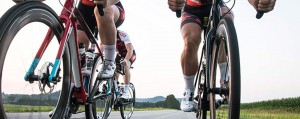
Get the most out of your road tyres by setting them to the perfect pressure
It is not the first time that we have commented on it, the world of road cycling, despite all the technical evolutions that it has received in recent years, continues to have an immobilist mentality in which certain mantras are still maintained and are tremendously difficult to change.
Definitely one of them is the one about tyre pressure, which says that the higher the pressure in the tyres, the better the ride of the bike. A belief that comes from the times when 19 or 20 mm balloon tyres and tubulars were used and the roads were in much worse condition than they are now. Of course, back then, road tyre pressures had to be much higher simply to avoid punctures due to the low air volume.
RECOMENDADO
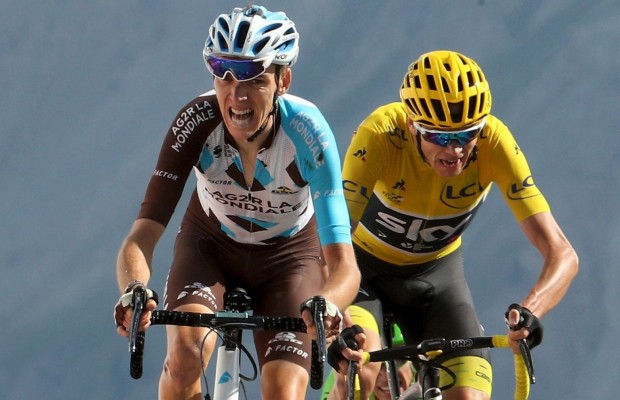
How to lose body fat? Differences between losing weight and losing fat
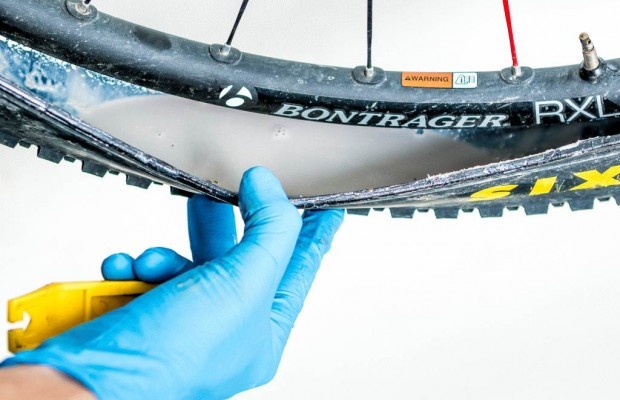
When must the tubeless tire sealant be replaced? What quantity?

The real importance of signing up for a race
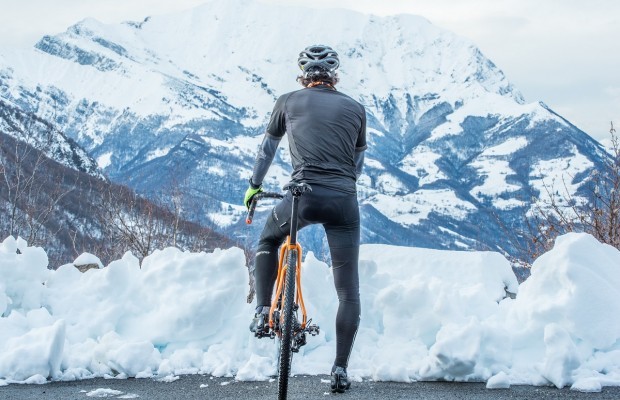
Don't overlook your nutrition when training in cold weather
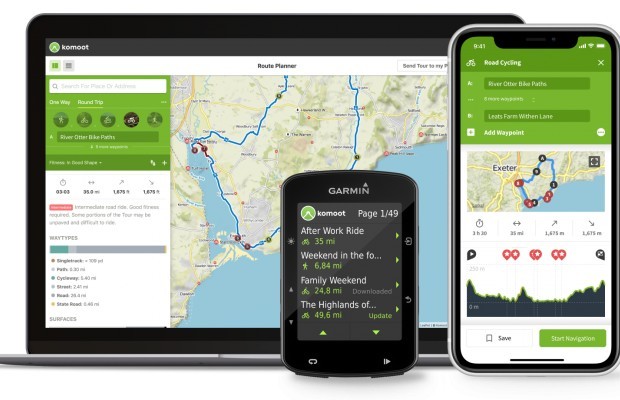
The best apps for cycling and mountain biking
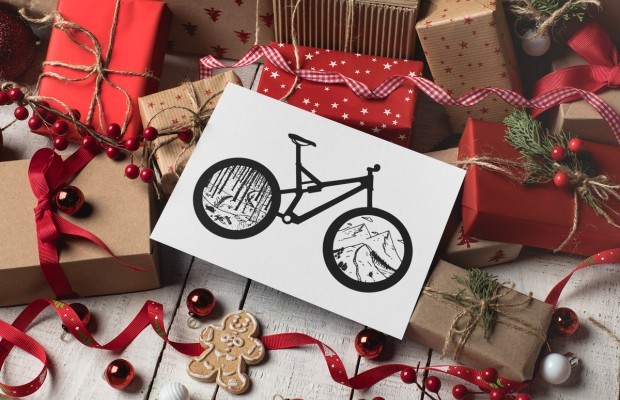
25 cycling gifts ideas to get it right
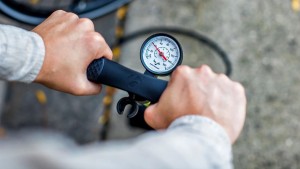
In the years to come, despite the introduction of 21 and 23 millimetre tyres and tubulars on bikes, the mechanics remained the same: inflate to the maximum pressure supported by the tyre, if not more, in the belief that by reducing the contact surface with the road, the bike would ride more smoothly.
How the force is transmitted from the tyre to the ground
When the tyre rests on the ground, it is deformed by the weight of the cyclist-bike combination creating a contact surface whose size and shape depends on the tyre ball, the pressure at which it is placed, the weight it supports as well as the elasticity of the rubber and the casing.
When force is exerted, the front part of the tread compresses, while the rear part expands, returning the force to the ground and promoting the momentum of the bike. The difference between these two forces, where the opposing force is greater, is known as rolling resistance.
On narrow tyres, the footprint produced is longer, so the opposing torques will exert, simply put, more leverage as they are further away from the central axis on which the weight rests, making rolling resistance more noticeable. On the other hand, with wide tyres, the footprint is wider and the front and rear ends are closer together, making the resulting torque less.
If only tyre pressure were taken into account, the traditional belief is correct, as the pressure increases the contact patch becomes shorter and therefore the forces resulting from the deformation that oppose rolling would also be lower.
However, there are more parameters involved in the transfer of forces from the tyre to the ground. It is not taken into account that roads are not a perfectly smooth surface but are constantly uneven. Excessive pressure means that the tyre does not have time to adapt to the ground and loses contact with the ground imperceptibly and constantly, thus wasting the force applied at that moment.
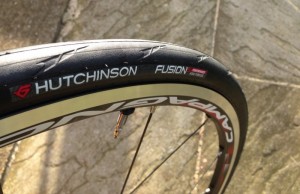
With wider tyres, we don't need to increase the pressure as much to achieve a shorter footprint because the tyre is already short and wide, so we can use lower pressures without affecting rolling resistance.
Therefore, the ideal pressure should be high enough to have low rolling resistance and low enough to transmit the force we exert on the tyre to the ground. To this we must add parameters such as the ability to absorb impacts and have enough rubber in contact with the ground to hold the bike in the curves but not so little pressure that the casing deforms and makes it more difficult to turn the wheel and maintain the chosen line with precision.
To be taken into consideration
As you can see, choosing the ideal tyre pressure for your road tyre involves considering a number of often conflicting factors, forcing you to find a balance point where tyre performance is where you want it to be.
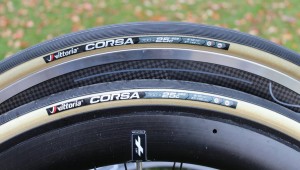
The main factors to consider when setting tyre pressures are as follows:
- Manufacturer's recommendations: The maximum and minimum pressures are indicated on the tyre, and in many cases, the tables are included as a good starting point. It is important never to exceed the maximum pressures indicated, not only by the tyre manufacturer but also the one indicated for the rim, especially if we use hookless models whose maximum pressure is usually reduced.
- Balloon: The width of the tyre is a determining factor when choosing the pressure. In general, the wider the tyre, the lower the pressure should be.
- Rim width: The inner width of the rim modifies the effective ball of the tyre, the nominal value of which usually refers to mounting on a 19 mm inner width rim.
- Type of tyre: Although they are of the same size, the same pressures are not used for tubular, clincher and tubeless tyres. In general, tubular tyres use higher pressures due to their great flexing capacity, while tubeless tyres, due to the absence of inner tubes and the more rigid casings, allow us to use lower pressures.
- Terrain: It is not the same to ride on a smooth and perfect asphalt road, where we can use higher pressures than on bad roads where we will need lower pressures for better absorption but not so low that we can suffer a flat tyre.
- Weather conditions: In rainy weather we will need more contact surface to maintain grip, so we will use lower pressures. It is also advisable to take into account the temperature to avoid that, with the heating of the tyre that produces an increase in pressure, we can exceed the maximum pressure if the temperature is intense.
- Rider weight: The greater the weight on the tyres, the greater the deformation which, as we saw earlier, directly affects rolling resistance so we will have to increase the pressure to compensate. A detail to bear in mind is that the front tyre usually supports less weight than the rear, so the pressure may be slightly lower.
Choosing the ideal pressure for our road tyres
As you may have guessed, finding the pressure figure that best suits you, your bike and the tyres you use is no easy task as it involves a number of parameters.
In any case, the initial step begins by using the recommendations of the tyre manufacturer, who best knows the characteristics of their tyre and has carried out countless tests to find the point at which they work best.
This can be a good starting point on which we will make modifications, gradually varying the pressure up or down and testing until we find the point where we are best in our usual routes and conditions.
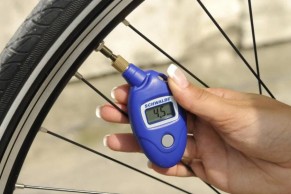
If we want to be more methodical, we can launch into a field test using our power meter. To do this we will choose a course with the most controlled conditions possible, long enough to offer appreciable differences between measurements and short enough so that it is not affected by weather conditions, for example a specific climb or a flat stretch where the wind has no influence... or even time a downhill that we have sufficiently mastered with different settings.
With an eye on the power meter, we will ride the chosen test section, maintaining a constant wattage, keeping the same position on the bike to avoid the influence of aerodynamics distorting the measurements, and we will check how changes in the settings affect the time it takes to find the one that gives us the best ride.
 By extending our testing to a variety of road types and conditions, we will gather a lot of data that will help us to know what pressure to choose before each ride depending on the conditions of the day.
By extending our testing to a variety of road types and conditions, we will gather a lot of data that will help us to know what pressure to choose before each ride depending on the conditions of the day.
The time has come to banish the 8 or 9 bar pressure that cyclists used to set almost automatically. And you, what pressure, size and type of tyres do you use on your road bikes?